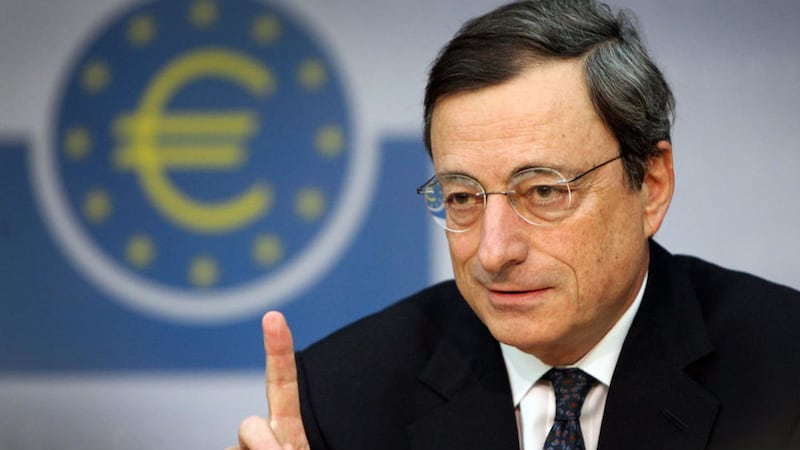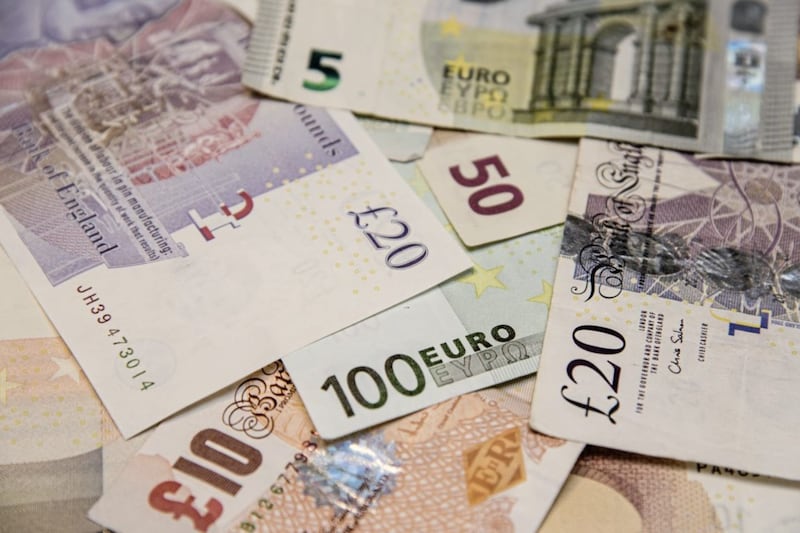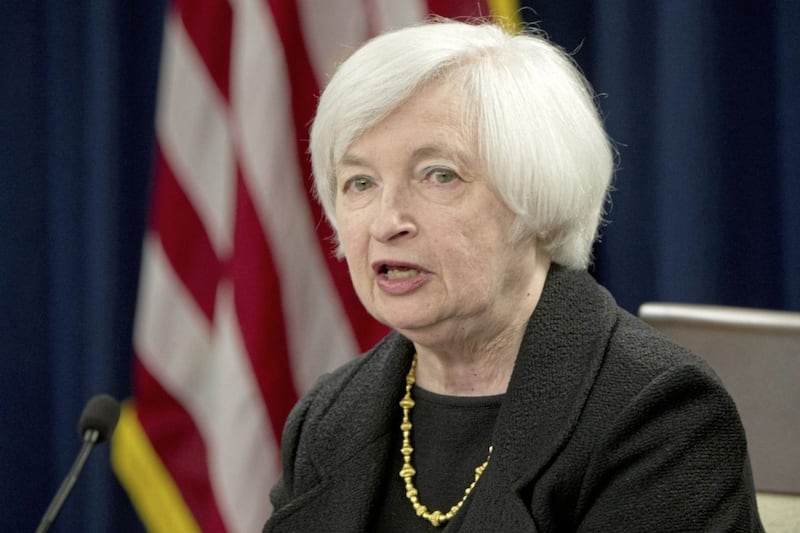There are some signs that markets are beginning to sense that the free ride from central bankers is coming to an end, with a noticeable upward move in bond yields of late.
The yield on the benchmark 30-year bond in the US has risen to above 2.5 per cent from 2.1 per cent back in July. Ten year gilt yields have more than doubled from lows of near 0.5 per cent in August to 1.1 per cent in recent days. Ten year bund yields have risen from -0.15 per cent at the start of this month to 0.5 per cent, while yields on ten year Japanese bonds have risen by 25bps from their July lows.
The rise in yields has occurred despite large, on-going QE bond purchase programmes in the Eurozone, UK and Japan. However, market expectations of further rate cuts in the eurozone, UK and Japan have largely evaporated, while there has been a firming of the view that the US will hike rates by end year.
Furthermore, there are growing calls that with monetary policy approaching its limits, the baton needs to be passed to fiscal policy to help stimulate global growth. Oil prices are also on the rise which is going to prompt a pick-up in inflation.
The gilt market is also being unnerved somewhat at the prospect of a marked rise in UK inflation as a result to the sharp drop in sterling. Overall, while we are unlikely to be entering a bear market in bonds as monetary policy is set to remain very loose, the low point for yields may have passed.
The main event in the week ahead will be the ECB meeting on Thursday. Recent eurozone data have continued to point to a modest pace of growth, while HICP inflation has picked up to 0.4 per cent. Rising oil prices suggest that inflation could continue to rise in the coming months.
Markets do not expect the Governing Council to announce any changes to policy this week. There has been some speculation that the ECB could begin the taper its QE programme next year. Mr Draghi, though, is likely to continue to stress the ECB’s strong easing bias. The current programme is due to run until March next year. The ECB is likely to extend it in some shape or form beyond that date.
However, an announcement on this is not expected until the December meeting, when the ECB ‘Staff’ economic forecasts are next updated and further analysis of its QE is available. Markets will be paying close attention to Draghi’s press conference for any hints on what the ECB might do on the QE front.
There will also be interest in the latest raft of UK labour market data, as markets look for any signs of Brexit related impact. The unemployment rate is anticipated to have held at 4.9 per cent in the three months to August, while the timelier claimant count looks set to have risen further in September.








